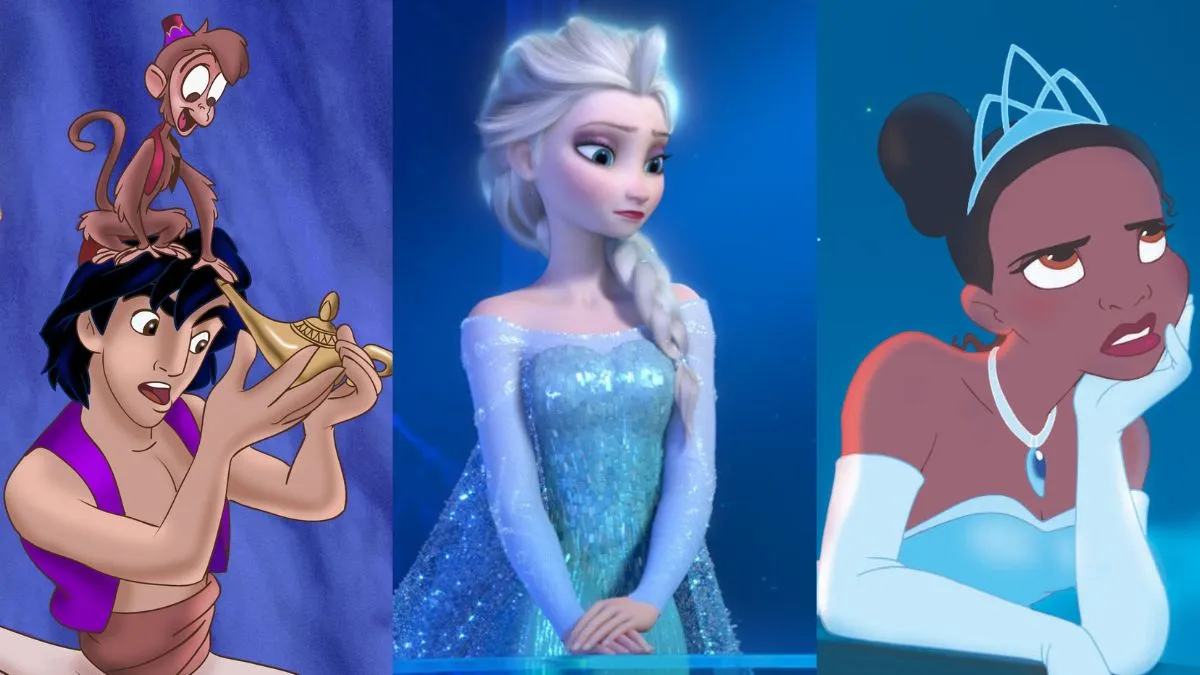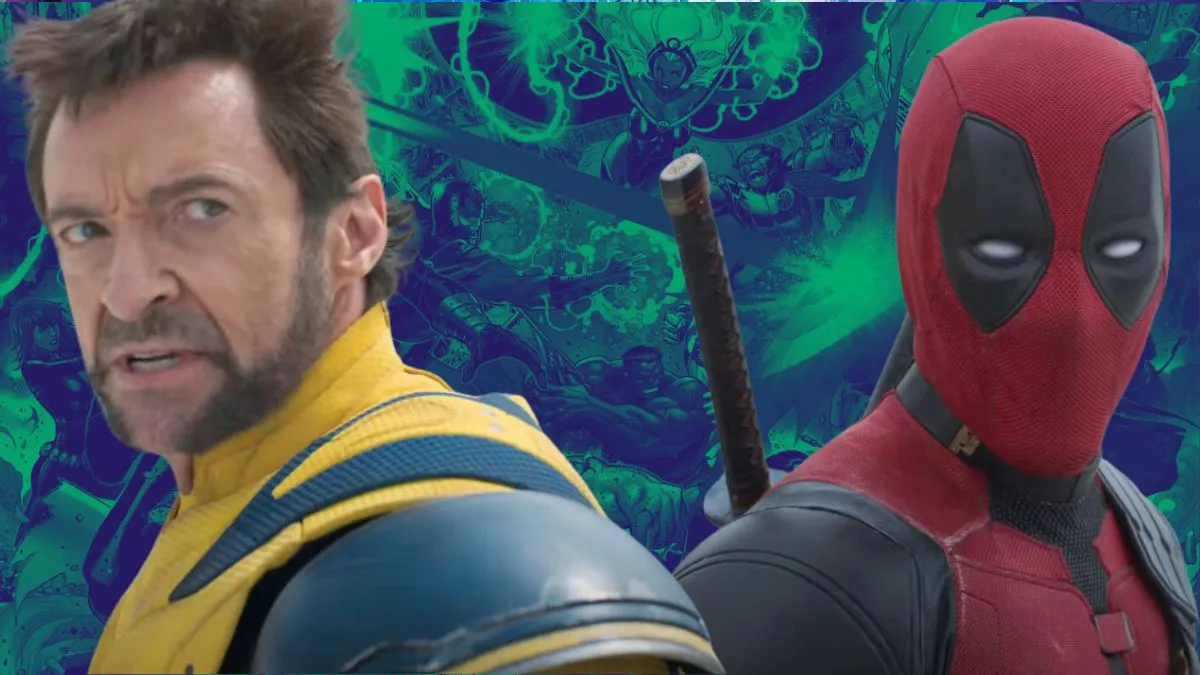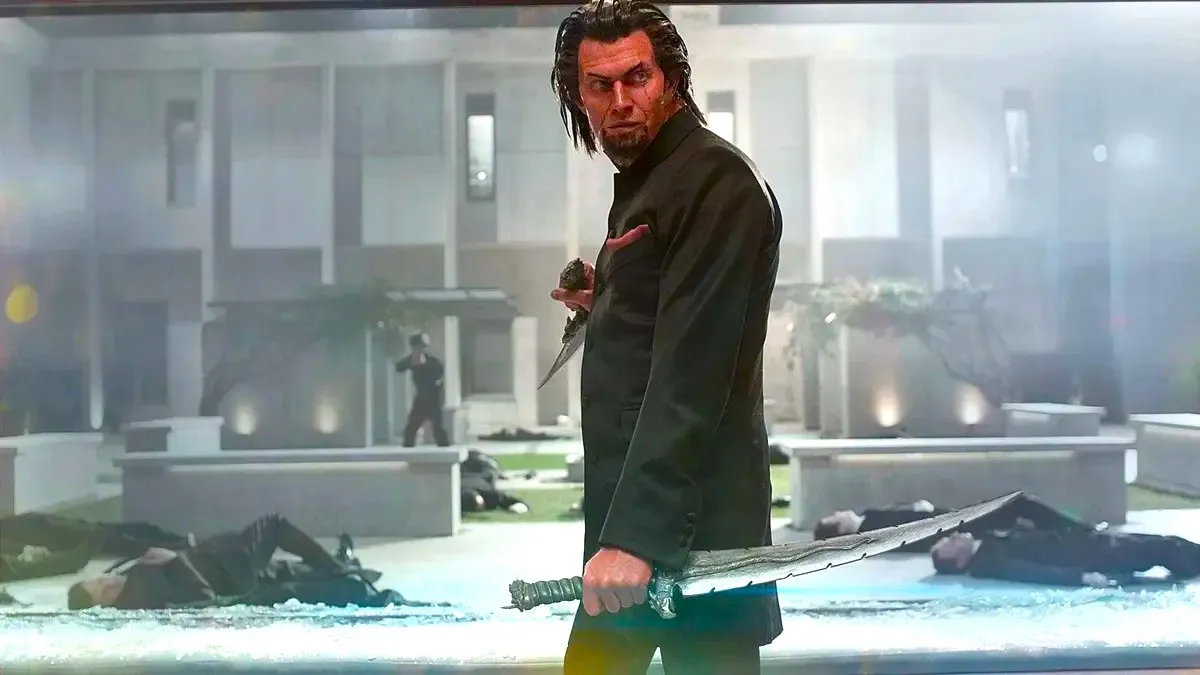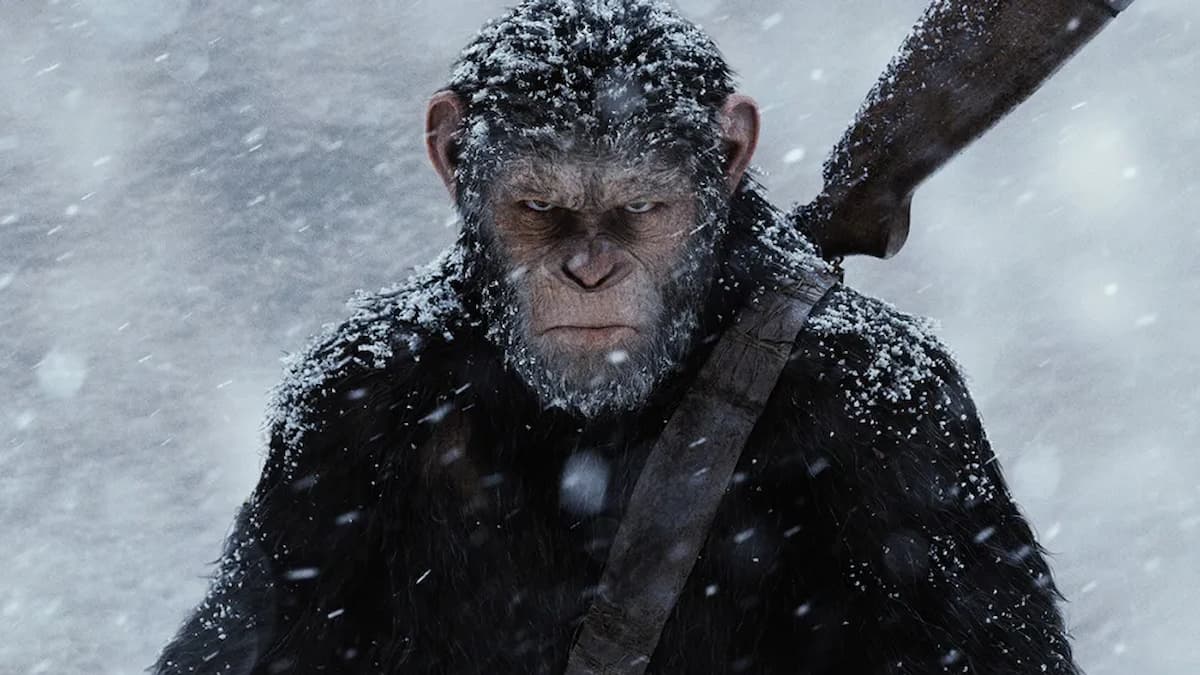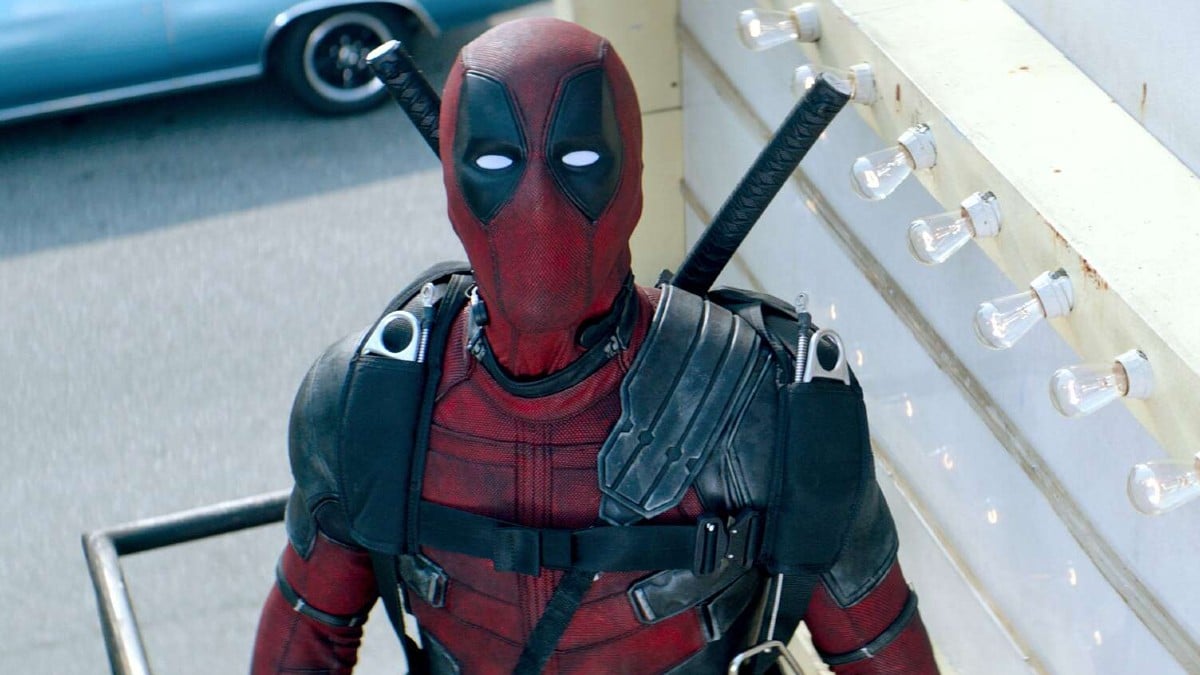Academy Award-winning films often draw attention for their thought-provoking, insightful performances, directing and scripts. But when an acclaimed movie like Slumdog Millionaire draws up debate after being honored with the cinematography Oscar because it was shot digitally instead of on photochemical film, the discussion shows how far films have comes since they were created. The new Tribeca Film documentary Side by Side aims to showcase that despite the criticisms by film traditionalists, digital shooting does have its benefits.
Side by Side chronicles how for almost 100 years, the only way to shoot a movie was with film. Since their inception, movies were shot, edited and projected using photochemical film. But over the past 20 years, that has changed with the new digital process that has emerged that’s threatening photochemical filmmaking.
The documentary takes a daring look at this new revolution. Keanu Reeves, who produced Side by Side, interviewed directors, producers, editors and technologists, to get their take on whether digital and photochemical filmmaking can co-exist.
Side by Side‘s director, Chris Kenneally, and one of the film’s producers, Justin Szlasa, generously sat down with us during this year’s Tribeca Film Festival to talk about the film. The two discussed why they wanted to make the documentary, which is now available on VOD and is currently playing in select theaters, and what it was like working with Reeves.
Check it out below.
We Got This Covered: Chris, you both wrote and directed Side by Side, which investigates the history, process and workflow of both digital and photochemical film creation. What was your motivation in making a documentary that looked at the evolving world of digital cameras in filmmaking?
Chris Kenneally: In the beginning, when we came up with the idea, we knew the topic, but how to present it in an entertaining way was a challenge. So I think part of what the movie does is show you the way that digital technology evolved, and the different ways people discovered it and how artists use it.
What George Lucas needed it to do was different than what indie people needed it to do. To me, that was really interesting, so I thought that was a good way to tackle and lay out the film. So it does that sort of historical aspect. It also takes you through the work flow of a movie through capture and edit all the way through special effects and exhibition.
There’s also these wonderful interviews with people that Keanu Reeves did. He speaks to these top artists and DPs (directors of photography), as well as George Lucas and Martin Scorsese and James Cameron. There’s also film students and technical people. So to put that all together in a concise, interesting format was definitely a challenge.
WGTC: Speaking of Keanu interviewing the directors on their thoughts about switching to digital cameras, how did you decide who you wanted to feature in Side by Side? How did you get the directors to agree to appear in the film?
CK: Well, we had a wish list that we came up with in the beginning. We started approaching people, and of course, having Keanu involved in the movie definitely helped us with that tremendously. Knowing that he was involved in the movie made it a professional movie.
Also, the more people we had in the movie and interviewed, when other people we approached could see who we already interviewed, they were more likely to join in. Everyone we interviewed really had something to say, and had strong opinions and really had something to say.
WGTC: Besides conducting the interviews in the film, Keanu also produced Side by Side. Why did you decide to feature him in the project as the person conducting the interviews and as a producer?
CK: I was working on a movie called Henry’s Crime, and Keanu was in it. He was also a producer, and it was the first time he was producing. He was really curious about how everything worked in the lab and in the post-production and digital inter-media. So he and I had many conversations about filmmaking and technology and the way that digital technology was changing filmmaking.
Filmmaking had been around for 100 years, and then here comes digital, which was revolutionizing and changing things. It was a conflict, and it impacted technology. We started talking one day, and we started saying how it would be cool to make a documentary about this. We wanted to pick the brains of the top people in the world right now. I said, that would be great, and he said, let’s do it.
WGTC: Justin, you served as a producer on Side by Side as well. What was it like working with Keanu on the film as co-producers?
Justin Szlasa: I’m glad you asked that question, Keanu’s great to work with. First, from a practical standpoint, over the course of the year-and-a-half working with him, he’s been early or on time for every meeting or phone call he has. He has a lot of respect for people’s time and schedules, which is terrific.
He’s also passionate and curious, and brings a tremendous amount of energy and humanity to the subject. He really cares, and is really passionate about this issue. I think he really helped me bring my A-game, because he’s a pleasure to work with.
I just wanted to do my absolute best, because I didn’t want to disappoint him. I could see he’s doing his absolute best not to disappoint us. He brought a great ambiance to the team. It was a small team, but I think we had a lot of fun working, and everyone was really focused on making the best film possible.
Everyone wanted to tell the story with a lot of integrity and honesty, without a lot of manipulation. This isn’t a gotcha doc, this is a documentary with a lot of respect and varied opinions on film, which makes it a challenge.
But Keanu’s great to work with, and is super-smart and super-passionate. The guy knows details matter, and he’s a great person to work with.
WGTC: Why did you both feel it was important to show directors’ love of traditional shooting on film and digitally?
CK: I think that was the real premise of the film, to show that both these things are happening right now at the highest level. You have films that are beautiful that are shot photochemically and digitally.
But there’s been this transition that’s happening, there was 100 years of making movies with photochemical film. Twenty years ago, you wouldn’t find any films that weren’t made on photochemical film, from the cameras used to capture them to the editing. That was literally cutting pieces of film and gluing them together to the visual effects to the distribution in theaters. They were shipped out in cans and were projected with a traditional projector onto a screen.
Over the last 2o years, that’s completely changed. Evey step of the process can be done digitally. Capturing images is one of the last areas where film is really hanging on. some people would argue that it has superior ability to digital.
WGTC: Do you both have a preference of shooting digitally over shooting with film, or vice versa?
CK: I don’t think it’s a choice you can make one over the other. I think it really depends on the project, what you want to do with it, how you want it to look, where it’s being shot, your budget, logistics, who’s in it, who’s your cinematographer and what they’re used to and comfortable with. It’s just another tool.
I don’t think you can necessarily say across the board that film’s better for everything, or that digital is better for everything. Digital’s just another option.
JS: To echo what Chris just said, it’s whatever will serve the story better, and a lot of factors go into that. It’s the locations where you’re shooting, the budget you have to work with, and preferences of key members of the crew and cast. So I think it really depends.
WGTC: Did you shoot this film digitally, or with photochemical film?
JS: We shot this film digitally, it made the most sense when you added up all the things for the film, including budget, locations, speed of shooting, speed of set up. It was the most practical, and made the most sense for us to shoot digitally.
We shot with a Canon 5D and a Panasonic camera for our interviews, which I think really suited the material and subject matter really well. It made it easier for us to move around quickly if we had to jump on the plane and get a last minute interview.
WGTC: Side by Side had its premiere at the Tribeca Film Festival. What was your reaction when you heard the film was selected to screen at the festival?
CK: I was really excited. I live in Brooklyn, and Justin lived in New York for a long time, but he lives in Paris now. But Tribeca is a great festival. I was at the festival about seven, eight years ago for a different movie.
Tribeca’s an awesome festival, it’s what you dream of when you’re filming and set out to make a movie. You hope it will be in a festival like this.
JS: I had the same reaction. I lived in New York for 15 years, and love New York City, but I live in France now. Like Chris said, it’s a dream to be here.
It’s also great to get it to its audience. New York City and the Tribeca Film Festival draws a really sophisticated crowd and well-informed audience. If you want your film to go under a microscope, there’s no better place.
CK: New York’s not going to sugar-coat it, you’re going to get a real reaction from people. Whether it’s about a movie or on the subway. If you’re nice, people are going to be nice back to you. That’s why I love New York, it’s honest.
JS: I’m psyched that we’re here, I’m really excited about it. Our North American distributor is Tribeca Film, which is a great outfit and is really well-suited for distributing Side by Side. I can’t be happier than to be here.
WGTC: Speaking of Tribeca Film, why did you decide to distribute Side by Side through them?
JS: We looked at a number of different options. We really liked the team at Tribeca Film. We think the film’s going to do very well with its audience on VOD, I think the film has a real strength in that area.
We’re also really excited that in about a year, we’re going to be on public television stations. Tribeca Film let us do that and get Side by Side to a vast audience. They understood our objective for the project. They understood what we wanted to do with the film and our objective to bring it to a wide audience, and make sure it does well.
WGTC: Do you think that Tribeca Film will help Side by Side get to the widest audience possible?
JS: Yes, particularly the VOD platform and the digital distribution they have will help it get out there, in a really effective way. I think that’s the strength of Tribeca Film, and it’s one of the reasons why we’re excited to be working with them.
They’re going to work around the public television opportunity, to help and support that. We hope that will help us get to a wide audience.
I think the film has a wider appeal than the hard-core cinephiles. I don’t think it would serve the film just to play a few times at a few festivals and go away. We really want to get it out there. If you love films, I think you’re going to love this movie.
WGTC: What has the reaction to the film been like so far?
JS: Press and industry reaction has been extremely positive. We’re really delighted.
CK: Besides the fact that people really seem to like it, people have been saying they really like the way Keanu showed clips of this, or talked about that. Those were the goals we were really aiming for. Those were the things I felt we succeeded in, but it was nice to hear an impartial person say, I really like that specific thing.
We’re really happy with the movie. I hope a lot of people get to see it. We think a lot of people will enjoy spending 100 minutes watching this. It will give them some knowledge, and make them appreciate movies, and make them want to see other movies, and entertain while they’re watching it.
That concludes our interview, but we’d like to thank Chris Kenneally and Justin Szlasa for taking the time to speak with us. Be sure to check out Side by Side, which is now available on VOD.



